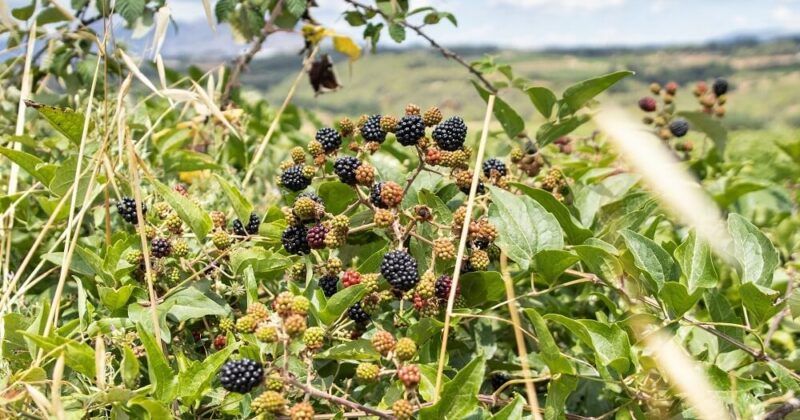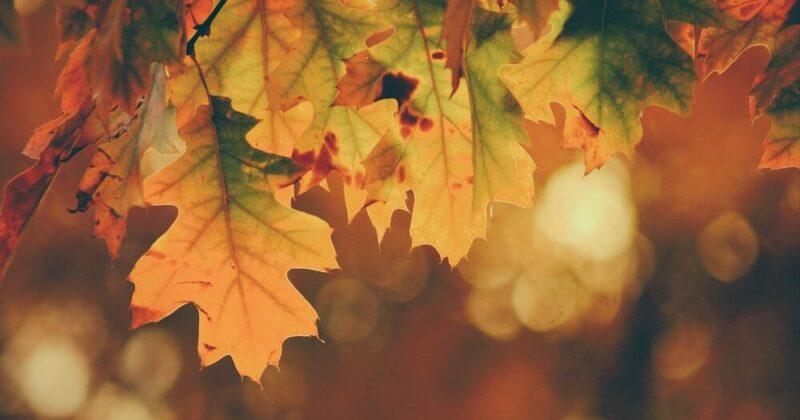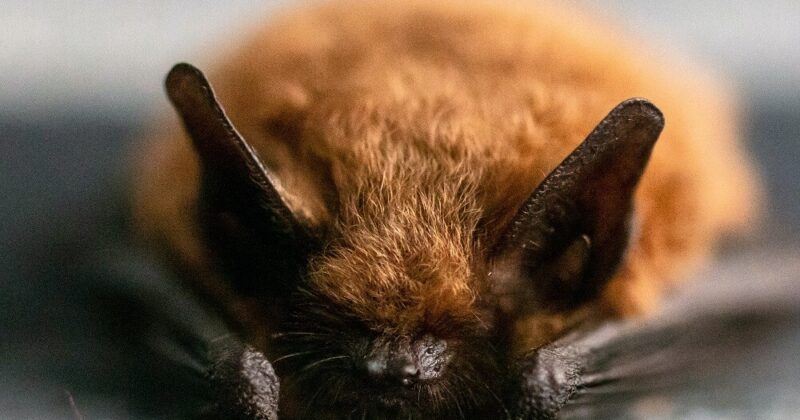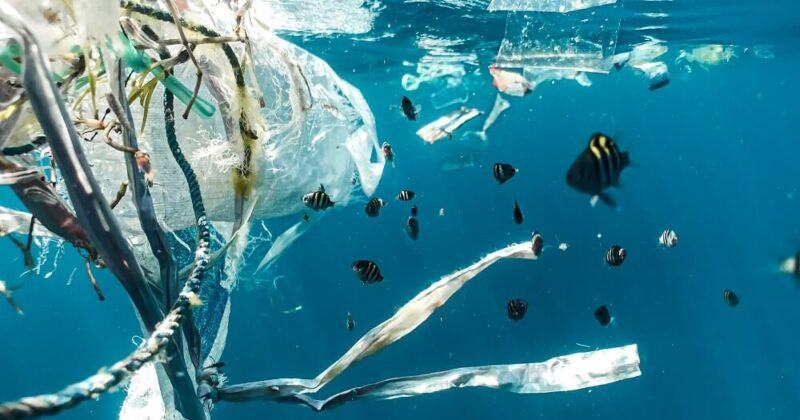
The Great Big Dorset Hedge Project
Perhaps a happier note compared to some of our more recent
blogs…
The Dorset
Climate Action Network has launched the Great
Big Dorset Hedge Campaign in an effort to map, plant and join up sections
of hedgerow across Dorset. It is hoped that this will promote biodiversity and encourage
wildlife across the county.
The long-term project aims to create a network of connected
and managed hedgerows as wildlife friendly corridors and refuge areas, with the
help of the local communities along the way.
By inspiring communities to take part by becoming hedge
surveyors, coordinators or planters and providing the relevant training it is
hoped that it will bring people closer together as communities and closer to
nature.
Why are hedgerows so important?
Miles of ancient hedgerows have been removed to make way for
agriculture and development.
Hedgerows are thought of by many ecologists as an ecosystem
itself due to the range of biodiversity within. They provide a home for 80% of the
UK’s woodland birds, hedgehogs, many species of bats, great crested newt,
dormice and butterflies.
The re-planting of hedgerows...




